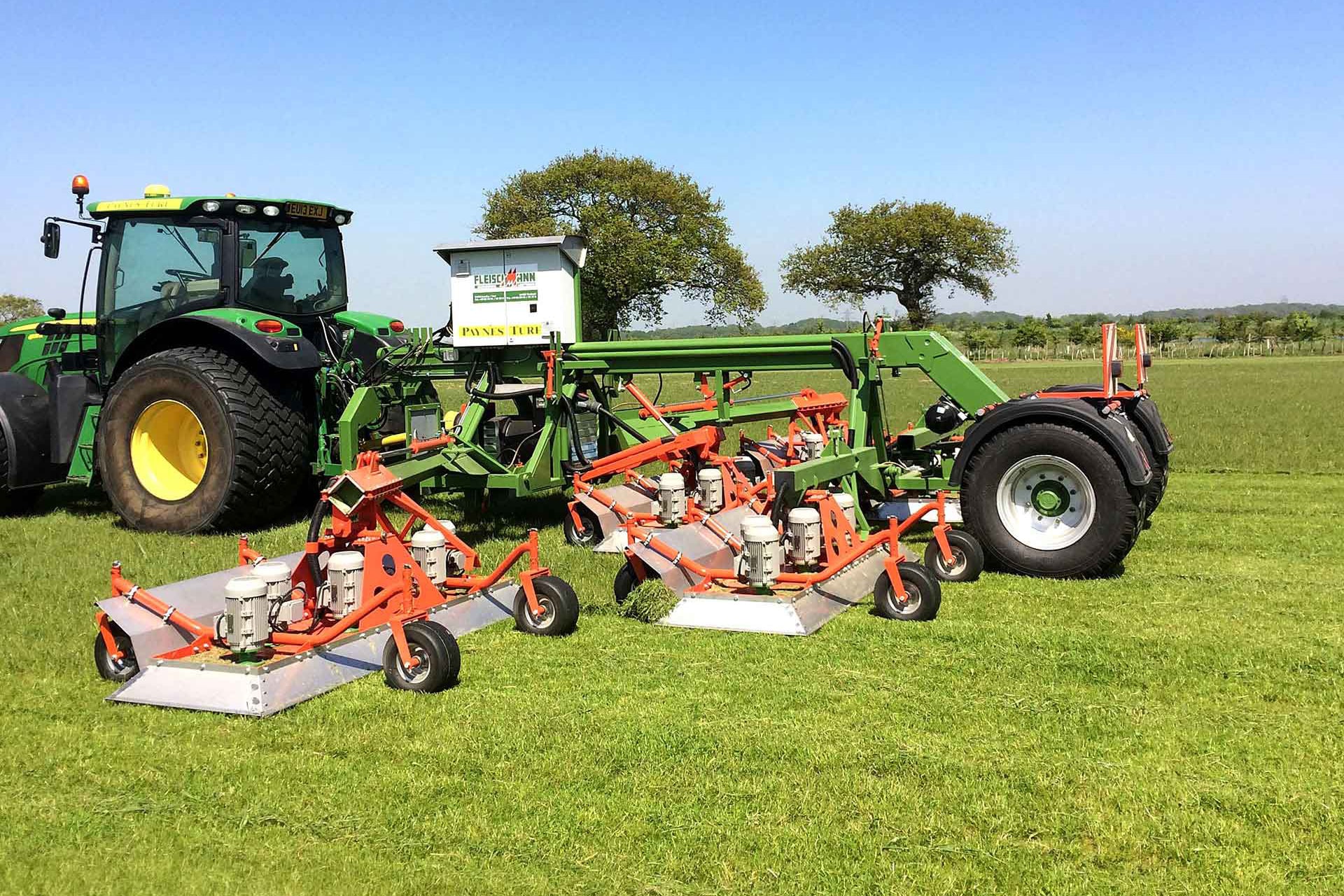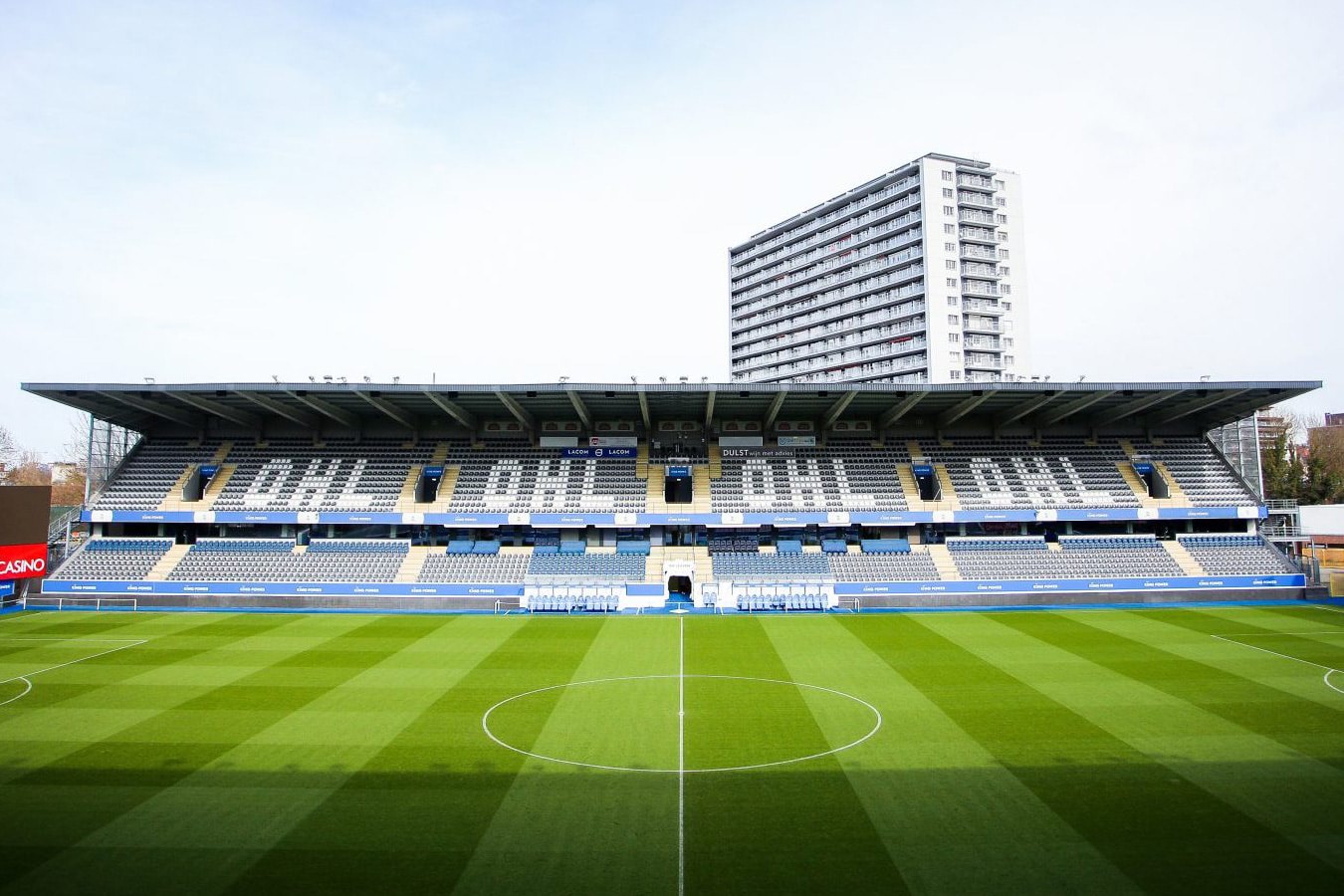
The best friend of your grasses and plants
Potassium is essential in fertilization
Without potassium, a plant cannot function or grow properly. Potassium provides excellent help against stress from heat, drought, frost or treading. It performs several essential tasks within plant physiology that no other element can replace.
Text Paul Mertens | Image Compo Expert
Potassium plays a unique role in the respiratory and photosynthetic processes, and in the distribution of nutrients throughout the plant. Potassium activates over 60 enzymes involved in various metabolic processes, helping in the production and transport of proteins and sugars.
Water retention
However, the main function of potassium is the water retention of a cell. Most of the potassium taken up by roots is not integrated into cell or tissue structures, but remains present as an ion in the cell fluid. Due to the increasing content of potassium in the cell fluid (and thus due to the increasing salt concentration), these cells will attract additional water via osmosis to compensate, giving the cell wall its optimal strength. Thus, the cell acquires good resistance to heat, drought, frost and fungi. Thanks to the right dose of potassium, a plant can respond in a targeted way to light, ambient humidity, maintenance of its own moisture balance, absorption of CO2, release of O2, and so on. It also promotes the stress tolerance of grasses (and plants in general). Thus, proper potassium fertilization will significantly improve the quality of the grass.
Balanced
However, a potassium fertilization must be well balanced. Blindly administering potassium is not wise. Overdosing one element can lead to reduced uptake of other nutritional elements or, conversely, stimulate this uptake. Too much potassium causes a more difficult absorption of calcium, magnesium and boron, but improves the absorption of iron
and manganese.

The product has a granular structure. application with spreader
Moreover, potassium is an annoying element in fertilization. Because it is not or hardly built into the organic structures of plants, its presence in the soil is limited and mainly in the form of readily soluble salts. This means that potassium is actually relatively sensitive to leaching. Therefore, it is advisable to regularly - but in limited quantities - fertilize potassium.
Seasonal
Also keep in mind that the potassium requirements of grasses (and of most plant species) change with the season. For the fertilization of grasses, for example, it is recommended to use an N:K ratio of fertilizer of 2:1 during the period March-May. Floranid® Twin Turf 20-5-8 is a particularly suitable fertilizer for this purpose, also because part of the nitrogen is present in this product in a slow-acting form. In the period May-August, an N:K ratio of 1:1 is recommended (and we would like to refer to the product Floranid® Twin Permanent 16-7-15, which contains part slow-acting nitrogen). Under prolonged dry conditions, it may be appropriate to aim for an N:K ratio of 1:2 or even 1:3. From early fall, the N:K ratio reverses completely to potassium and an N:K ratio of 1:2 or even 1:4 is preferable. A product that lends itself well to such applications is Floranid® Twin Club, thanks to its formula of 10-5-20 (and of which 60 % of the nitrogen present under slow-acting form). An N:K ratio of 1:2, in other words!
If you need to aim for an even lower N:K ratio (and thus need to fertilize a higher proportion of potassium relative to nitrogen, because such a thing is evident from the analytical results of a sample taken), then you can supplement with patent potash late in the season (say, in November). However, conventional patent potash is quite coarse-grained for such applications. Therefore, the very fine-grained patent potash KALI GAZON (27 % K2O and 10 % MgO, grain size: 90 % between 0.5 - 2.0 mm) from COMPO EXPERT is definitely recommended. Under dry summer conditions, it may be advisable to fertilize with KALI GAZON even then, precisely because potassium prevents drought stress and leads to better regeneration of the soil afterwards.
turf leads.



